Van Gogh – art and angst

Wheat Field with Cypresses, Saint-Remy, Oil on Canvas, 1889
Vincent Van Gogh, that glorious nutter, was born on this day in 1853. He died at the age of 37 after a short life filled with genius and despair.
Some years ago I read Martin Gayford’s book The Yellow House: Van Gogh, Gauguin, and Nine Turbulent Weeks in Provence. This excellent work uses old letters to reconstruct the few months Van Gogh spent living and working with Paul Gauguin in a house in Arles. I was left with the overriding feeling that Van Gogh wanted nothing more in life than to be loved and understood.
 Vincent invited Gauguin to stay because he deeply admired the older man’s work and imagined he could learn much from him. In preparation for Gaugin’s arrival at the Yellow House, Vincent painted his iconic Sunflowers series just to decorate the walls of Gauguin’s room! But Van Gogh’s mental illness made him erratic and volatile and his dreams of founding a collaborative artistic commune with Gauguin rapidly fell apart.
Vincent invited Gauguin to stay because he deeply admired the older man’s work and imagined he could learn much from him. In preparation for Gaugin’s arrival at the Yellow House, Vincent painted his iconic Sunflowers series just to decorate the walls of Gauguin’s room! But Van Gogh’s mental illness made him erratic and volatile and his dreams of founding a collaborative artistic commune with Gauguin rapidly fell apart.
The wonderful painting above – Wheat Field with Cypresses – was made during Van Gogh’s time at Saint-Paul Asylum in Saint-Rémy-de-Provence. I’ve visited this beautiful town a few times. It really is surrounded by those distinctive hills that Van Gogh reproduced so perfectly in his work.
I love those places, Arles and Saint-Rémy, but their beauty is tinged by thoughts of poor Vincent and his sufferings. I feel the same way about his wonderful, vibrant, disturbed and magnificent paintings.
Wilfred Owen, the Advocates Library, and a Stevenson connection
One hundred (and six) years ago, on the 22nd October 1917, war poet Wilfred Owen paid a visit to the Advocates Library and met with Charles John Guthrie (Lord Guthrie). To commemorate the centenary I put together a very small, private exhibition in the Advocates Library. Since we’re approaching another Armistice Day, and it’s a sweet story, I decided to re-post.
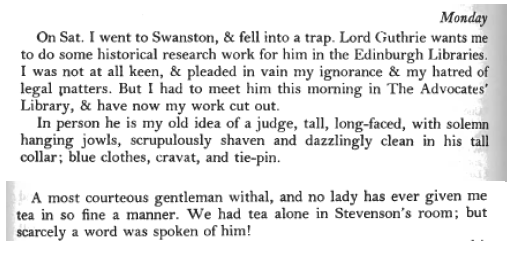
From the end of June to early November 1917, Wilfred Owen was resident at Craiglockhart War Hospital, receiving treatment for shell-shock. His doctor, Arthur Brock practised ergo therapy, ‘the cure by functioning’. Brock encouraged his patients to work and explore outdoors, and to experience the local community and culture.
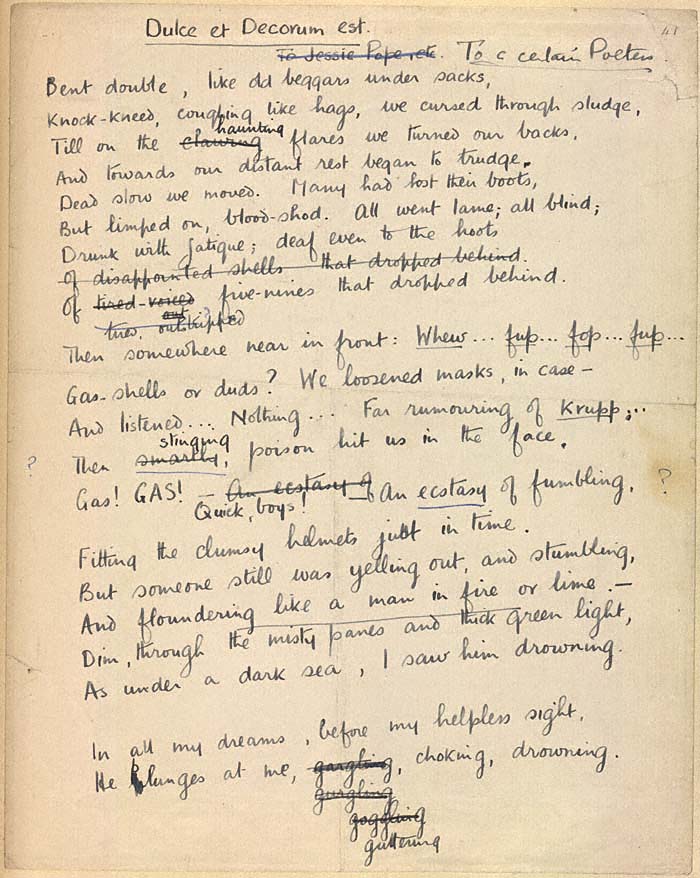
When Owen learned that author (and Advocate) Robert Louis Stevenson had stayed nearby as a child, he set out to visit Stevenson’s childhood haunts in the Pentland Hills. There he met Lord Guthrie who lived in Stevenson’s former house, Swanston Cottage. Stevenson’s family had spent summers at Swanston from 1867 to 1880. When Lord Guthrie took the lease in 1908 the property was much as it had been in Stevenson’s time. Wilfred Owen had tea with Lord Guthrie at Swanston, at which time the judge persuaded him to undertake some “historical research work” – leading to Owen’s visit to the Advocates Library.
Stevenson remembered Swanston Cottage with fondness and a detailed description of its unusual architecture featured in his story St. Ives: being the adventures of a French prisoner in England. Owen read St Ives while at Craiglockhart and enjoyed it so much he wrote of it to his mother, recommending she buy a copy to read herself.

Lord Guthrie had known Stevenson at university and both men were called to the Bar in 1875. Although Stevenson soon left Edinburgh to pursue his writing career, Lord Guthrie stayed in touch with Stevenson and his family until the writer’s death in 1894.
“I remain, my dear Guthrie, your old comrade, Robert Louis Stevenson” – from a letter, dated 18th January 1880
After 3 months of treatment at Craiglockhart, Owen was deemed fit for light duties (office work) and left Edinburgh. However, by October 1918 he was back on the Western Front where he won the Military Cross for his courage and leadership. Wilfred Owen was killed at Ors on 4 November 1918, just days before the Armistice was signed.

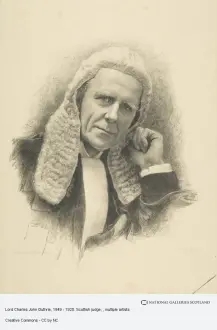

Image: treasures.bodleian.ox.ac.uk
The centenary of Wilfred Owen’s time in Edinburgh was commemorated more generally during summer 2017. You can find details here.
originally posted on: ELISA blog, 2017
Green Libraries Week
Women not witches: an important distinction
Witches in Word, Not Deed is an exhibition…
….to remember the real women who were persecuted as witches in Scotland… Thirteen women are remembered … bringing attention to the loss of life and identity in which the witch trials resulted.
https://talesofonecity.wordpress.com/
These were not witches. They were simply women: accused; often tortured; then murdered for the commission of utterly fictitious crimes.
There have been a number of projects in recent years, raising awareness of the many women who were tried and executed as witches in Scotland. The first I became aware of was the vocal and tireless, Witches of Scotland. This is a campaign seeking justice for those accused women.
The Witches of Scotland (WoS) Campaign was launched on International Women’s Day 2020 by Claire Mitchell [KC] and Zoe Venditozzi. The campaign has 3 aims: to obtain a pardon for those convicted as witches under the Witchcraft Act 1563, to obtain an apology for all those accused, and to obtain a national memorial to remember those killed as witches.
https://www.witchesofscotland.com/
The very excellent Claire Mitchell KC, and author Zoe Venditozzi also host a podcast. They originally planned a short run of (I believe) 6 episodes, but will soon reach their 70th!
Through this podcast I learned of a project local to me, The Calder Witch Hunt, along with many, many others. They interview authors, academics and fellow campaigners. Very much worth a listen and follow.
Speaking of local “witches”, there’s a “Lizzie Brice’s Roundabout” near me. The local lore is that Lizzie Brice was a witch and, I was told, “the last witch burned in Scotland”. Everyone accepted that as truth… However, according to a booklet produced by the Local History Library, Lizzie was, happily, not accused of witchcraft.
Lizzie Bryce was a widow living in the parish of Mid Calder in the 1800s. She and her daughter were employed to house “pauper children” from Edinburgh, keeping them out of the workhouses and in the more wholesome country air.
source: West Lothian Council Local History Library, 1999
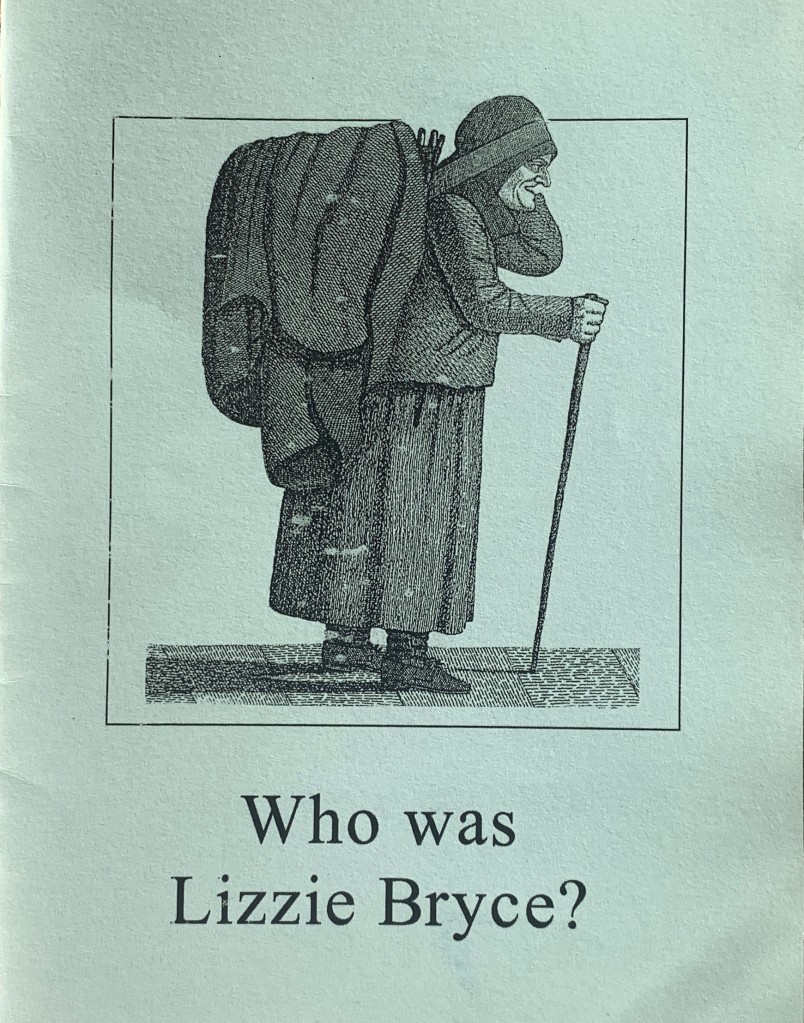
Unusually, for a poor woman, her name lived on: attached to the strip of woodland where she lived and later the roundabout built nearby, a petrol station, and a pub.
A library of books and a (kind of) library of things
The Archivists’ Garden – A Peaceful Spot
Both General Register House and New Register House are familiar sights to Edinburgh locals, even if those who pass remain unaware of the many treasures held within. Housing the archives and public services of the National Records of Scotland (NRS), these buildings give access to a rich store of records relating to all aspects of Scottish life. Nestled between them remains one of the surprising secret spots of Edinburgh, the Archivists’ Garden.
Reflecting the work of NRS, this garden houses 58 different plant species, each connected in some way to Scotland’s history, whether through myth and folklore, heraldry, or association with individual famous Scots.
For example, standing sentinel along the back wall are the apple trees, ‘James Grieve’ and ‘Worcester Pearmain’. ‘James Grieve’ is the namesake of a respected Edinburgh nurseryman and plant hybridiser born in Peebles c.1840.
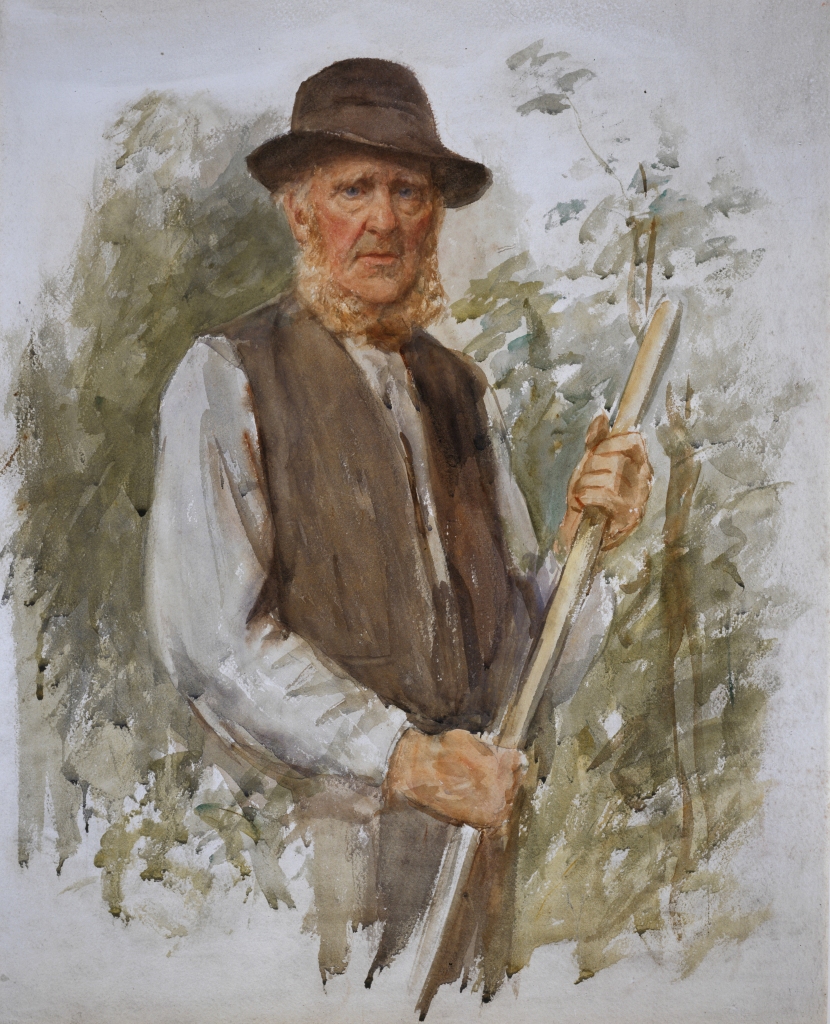
Working…
View original post 508 more words


